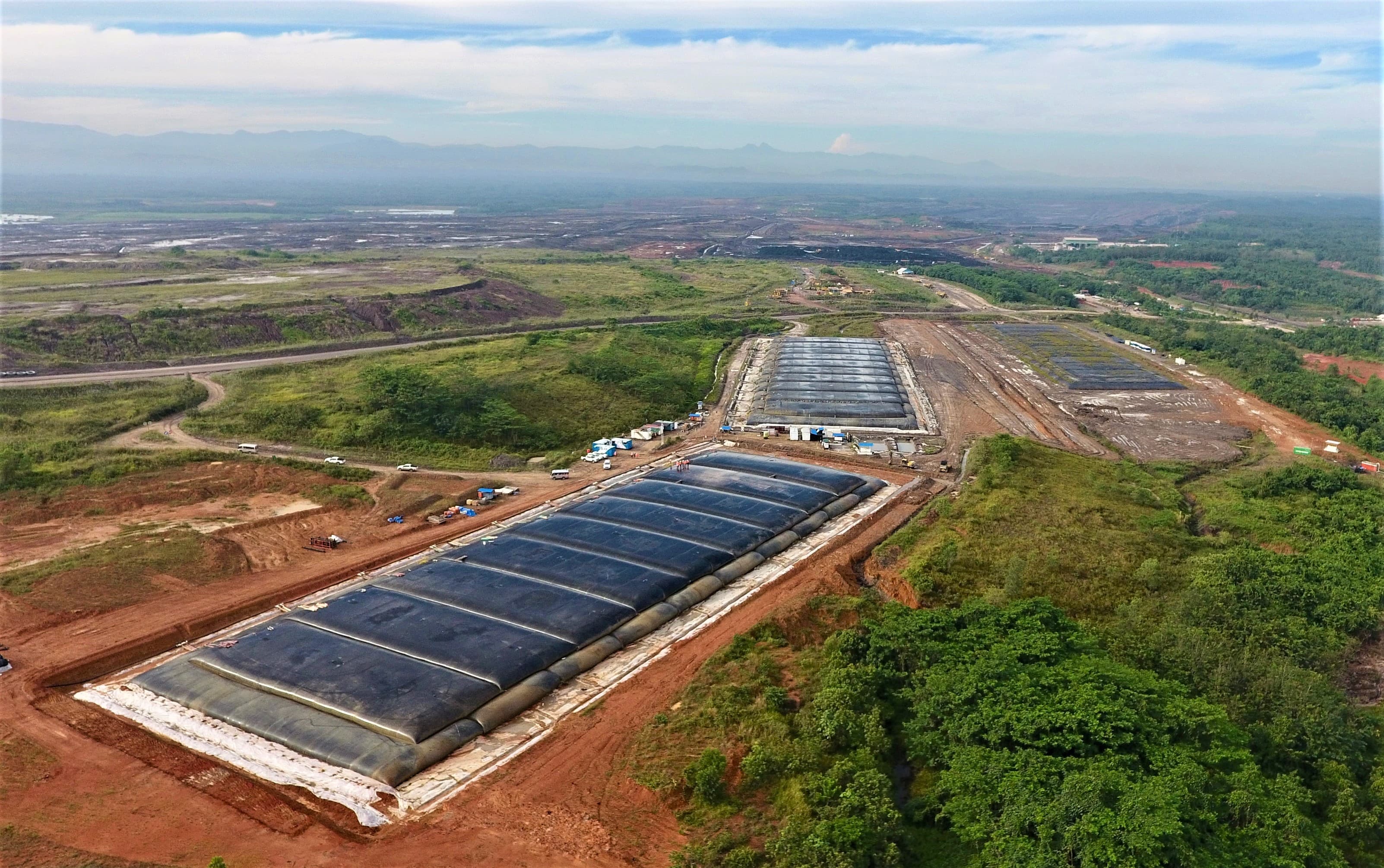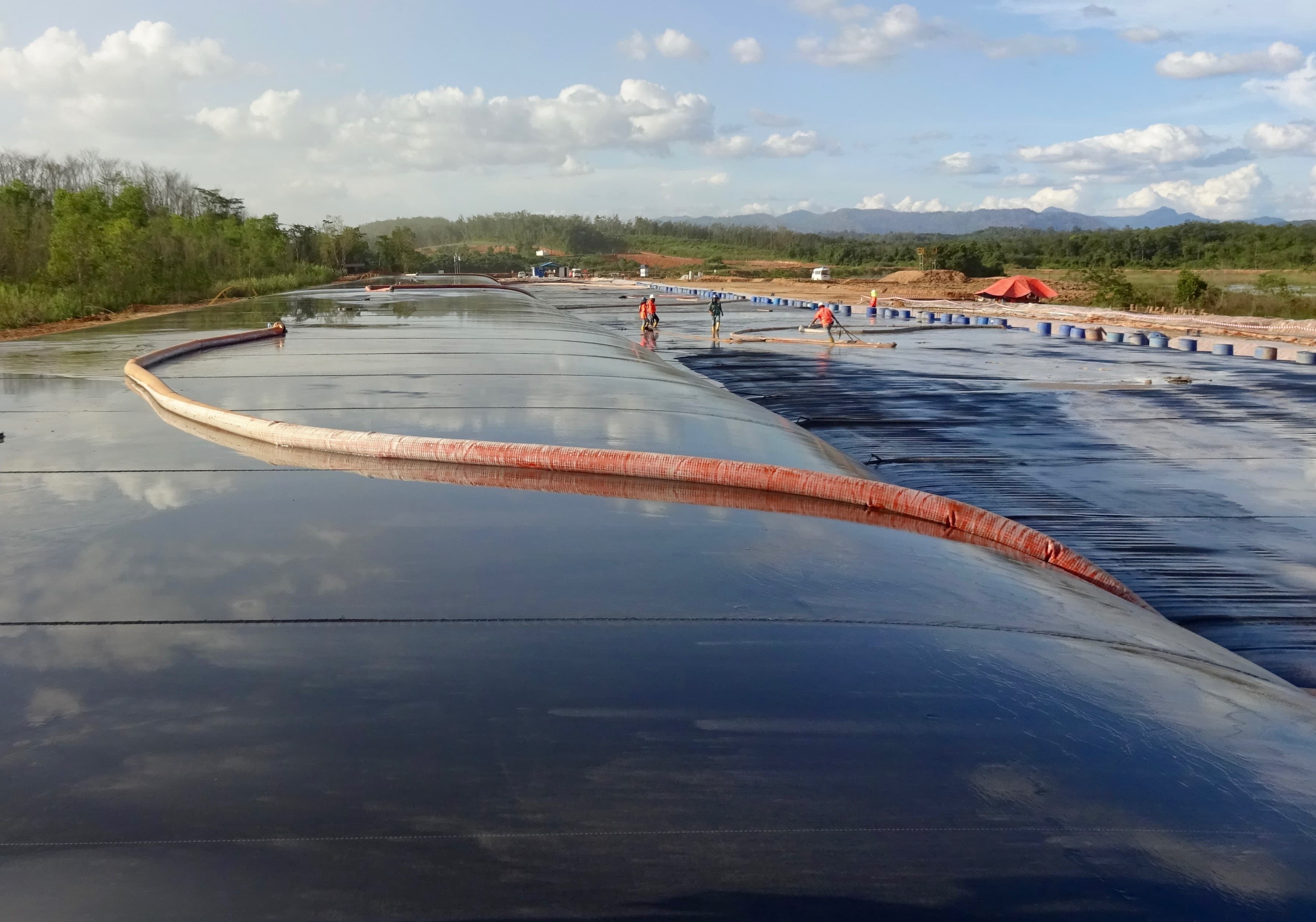
How to optimize dewatering processes with GEOTUBE technology: A comprehensive guide
In the realm of environmental engineering and wastewater management, the GEOTUBE® technology stands out as a pioneering solution for dewatering applications across a wide range of sectors, including municipal, industrial, agricultural, and mining operations. Dewatering—the process of separating liquids from solids—is a critical step in managing sludge and slurry, significantly reducing waste volume and facilitating the efficient disposal or reuse of materials.
GEOTUBE dewatering containers leverage the principles of containment, dewatering, and volume reduction to achieve optimal results in sludge management. By integrating this advanced geosynthetic system, organizations can address the environmental challenges of sludge disposal in a cost-effective and sustainable manner. The innovative use of high-strength permeable geotextiles allows for the effective retention of solids while permitting the clear effluent to filter through, thus significantly minimizing the handling and transportation costs associated with waste management.
In this guide we shed light on the significance of GEOTUBE dewatering containers in enhancing dewatering practices, underlining its importance in promoting environmental sustainability and operational efficiency in waste management strategies. We delve into the fundamental aspects of GEOTUBE dewatering containers, exploring its applications, benefits, and key considerations in achieving successful dewatering outcomes.
GEOTUBE dewatering
As we navigate through the complexities of industrial waste management, mining, agriculture, and municipal water treatment, the application of GEOTUBE dewatering containers emerge as a versatile and efficient solution. This comprehensive guide delves into the critical aspects of optimizing dewatering processes using GEOTUBE systems.
The following are the fundamentals of effective GEOTUBE dewatering
Assessing design and selecting the right tube
The journey toward efficient dewatering begins with a meticulous design process. It's essential to accurately assess the sludge or slurry, focusing on volume and concentration metrics. For industrial wastewater and agriculture, volume and parts per million are crucial metrics, while the mining industry prioritizes weight in tons. The selection of GEOTUBE units revolves around accommodating the maximum expected volume of slurry, considering factors such as fabric type, tube dimensions, and the number of fill ports. This strategic approach ensures the system's capacity aligns with project needs, optimizing efficiency and cost-effectiveness.
Importance of polymer dosing
Polymer dosing plays a pivotal role in enhancing the dewatering process. It aids in consolidating fine particles suspended within the tubes and facilitates the discharge of clearer effluent. Although not all slurries require dosing, the decision to use polymers must be informed by a thorough cost-benefit analysis. Unlike mechanical plants, GEOTUBE dewatering is a passive process that typically requires lower polymer doses. Proper adjustment and verification of polymer dosing rates are crucial for achieving desired outcomes.
The following are advanced considerations for GEOTUBE unit deployment:
Dewatering pad design and implementation
The design of the dewatering pad is critical, with a focus on maintaining a slope of less than 5% to prevent tube distortion and ensure uniform stress distribution. Adequate drainage around the pad edges is essential for handling the volume of liquids released, which is vital for the smooth operation of the dewatering cycle.
Deployment and filling techniques
The deployment and filling of GEOTUBE units are crucial stages that impact the overall efficiency of the dewatering process. Proper handling and positioning of the tubes, facilitated by steel cores and deployment cords, ensure precise setup. The adherence to maximum fill heights, based on tube specifications and slurry type, is imperative to avoid operational failures and ensure the longevity of the dewatering system.
Pumping strategies and operational best practices
Following specific filling specifications is paramount to the success of GEOTUBE dewatering. Exceeding maximum fill heights can lead to system failure, underscoring the importance of strict compliance with guidelines. Moreover, some clients opt to manage the deployment and operation of GEOTUBE units independently. However, the expertise of specialist applicators often leads to better operational outcomes and higher economic returns, highlighting the value of professional oversight in complex dewatering projects.

Explore more blogs
View allHow durable are GEOTUBE units in engineering projects?
Do geosynthetic clay liners require prehydration?
What are the key considerations in designing reinforced soil slopes?
A technical overview of reinforced soil slopes (RSS) in geotechnical engineering, focusing on design, erosion control, and innovative materials for slope stability.